Hope EVO Crankset // Comparing 155, 165, and 170mm Cranks
In typical Hope fashion, the Evo Crankset is a precision-engineered CNC alloy component available in various colors to match any build. Utilizing FEA analysis tools paired with exhaustive lab and field research, Hope has produced what they say is their most robust crank to date, dropping its weight while increasing its rigidity compared to their previous model. The Evo Crankset is available in 155, 165, 170, and 175mm lengths, providing riders with a wide range of options.
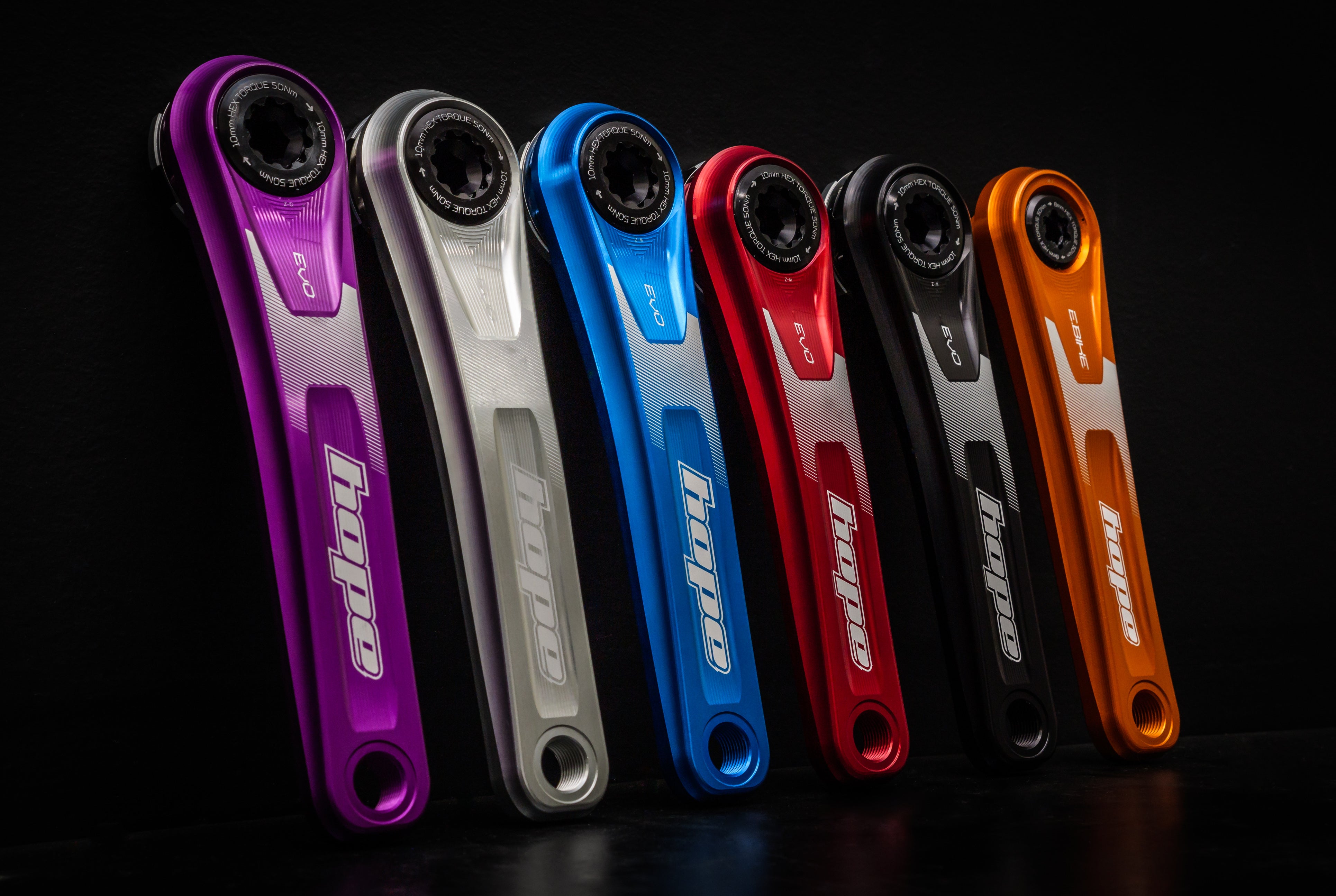
Tech Specs
- Available: 68/73mm - 73mm, Boost 73mm - 55mm, and SuperBoost 73mm - 56.5mm
- Weight: 560g (170mm w/axle)
- 9, 10, 11, and 12-speed Chainring Compatible
- Hope Direct Mount Chainring
- 30mm Spindle
- 155, 165, 170 and 175mm
What are the advantages of shorter cranks?
Hope, as well as other manufacturers, have begun producing 155mm cranks, raising questions about the advantages of short cranks for mountain biking.
Interested in determining the on-trail differences between 155, 165, and 170mm cranks, I have spent the past few seasons switching between all three sizes, riding any and all terrain accessible to my 150mm travel Stumpjumper Evo. There are perceivable differences between the three sizes on trail, with each providing a slightly different riding stance and riding characteristics. I’ve found that shorter cranks generally provide more clearance, limiting pedal strikes and offering opportunities to pedal while having negligible downsides in comparison to longer, 170mm cranks.
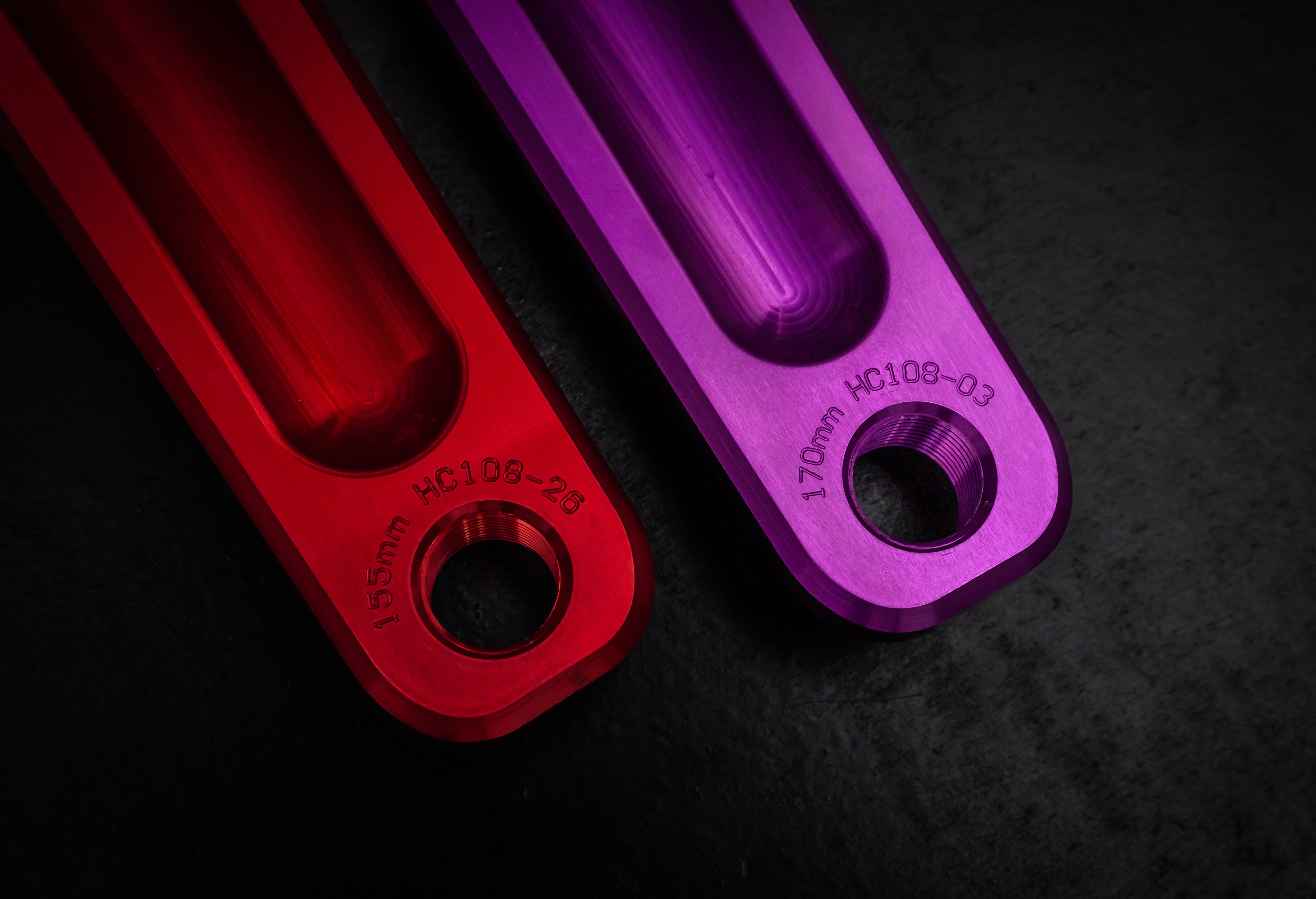
Ride Impressions of 155mm Cranks
From my first ride with 155mm cranks, the difference in their smaller pedal circumference was noticeable. Instead of the more circular motion of 170mm cranks, 155mm cranks provide a more up-and-down feeling. While the sewing machine-like sensation of the tighter pedal stroke is initially distracting, it subsides in a matter of miles.
Pedaling Performance
Hope recommends dropping the chainring size by two teeth for every 10mm reduction in crank length to preserve the final drive ratio. I didn’t experience any noticeable decrease in pedaling efficiency with the shorter 155mm cranks paired with either 30t or 32t chainring. While the shorter cranks provide a slightly higher cadence, I could never perceive a difference in power output or fatigue between differing crank lengths.
Climbing
The 155mm cranks provide noticeably better clearance climbing over rough terrain. Shorter cranks allow me to stay seated more frequently through rough terrain I’d otherwise have to stand up to clear with 165 or 170mm cranks.
For those familiar with Bellingham’s Galbraith mountain, the benefits of shorter 155mm cranks are very noticeable on the trail Up 2 Something. A beautifully flowing climbing trail littered with various-sized roots and rocks, 155mm cranks allow me to easily pedal through terrain that I would have to stand and pick my way through much more selectively with 170mm cranks. The 155mm cranks virtually eliminate any concern for pedal strikes while climbing.
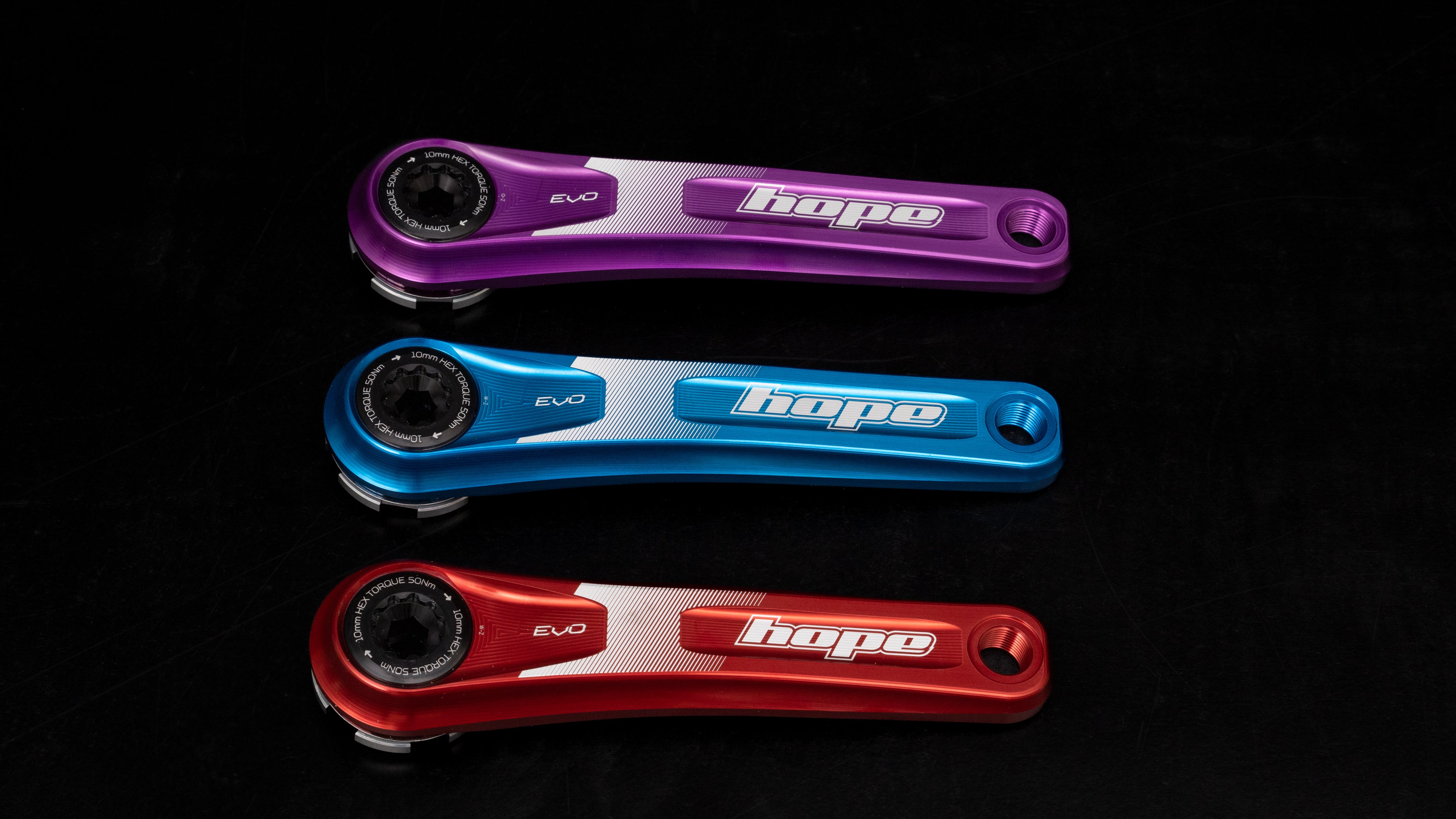
Descending
As crank length shortens, a rider’s stance narrows, closing the distance between their front and back foot. I found that a slightly narrower stance has two noticeable impacts on my riding position and, in exchange, my descending.
This closer stance creates less turn/tilt in my hips, providing a more centered feeling on the bike and leaving my torso more parallel with the trail. The less drastic tilt in my hips translated to a riding position that felt strong and comfortable on steeper terrain and in turns, as I was able to keep my weight through my heels effortlessly. Secondly, the closer stance made my weight feel more centered over the bottom bracket of the bike. I experienced less leg fatigue for prolonged descents due to the more centered stance as I believe it kept myself from favoring a specific leg.
Shorter cranks also allow for pedal strokes in rock-riddled sections of trail that otherwise would cause catastrophic pedal strikes with longer cranks. One of the most significant advantages of shorter cranks is the ability to pedal through obstacles when deeply compressed in the bike’s travel. The ability to eke power out of the cranks wherever I desired was especially appreciated on flatter, rough terrain that would otherwise result in a trip over the bars with longer cranks.
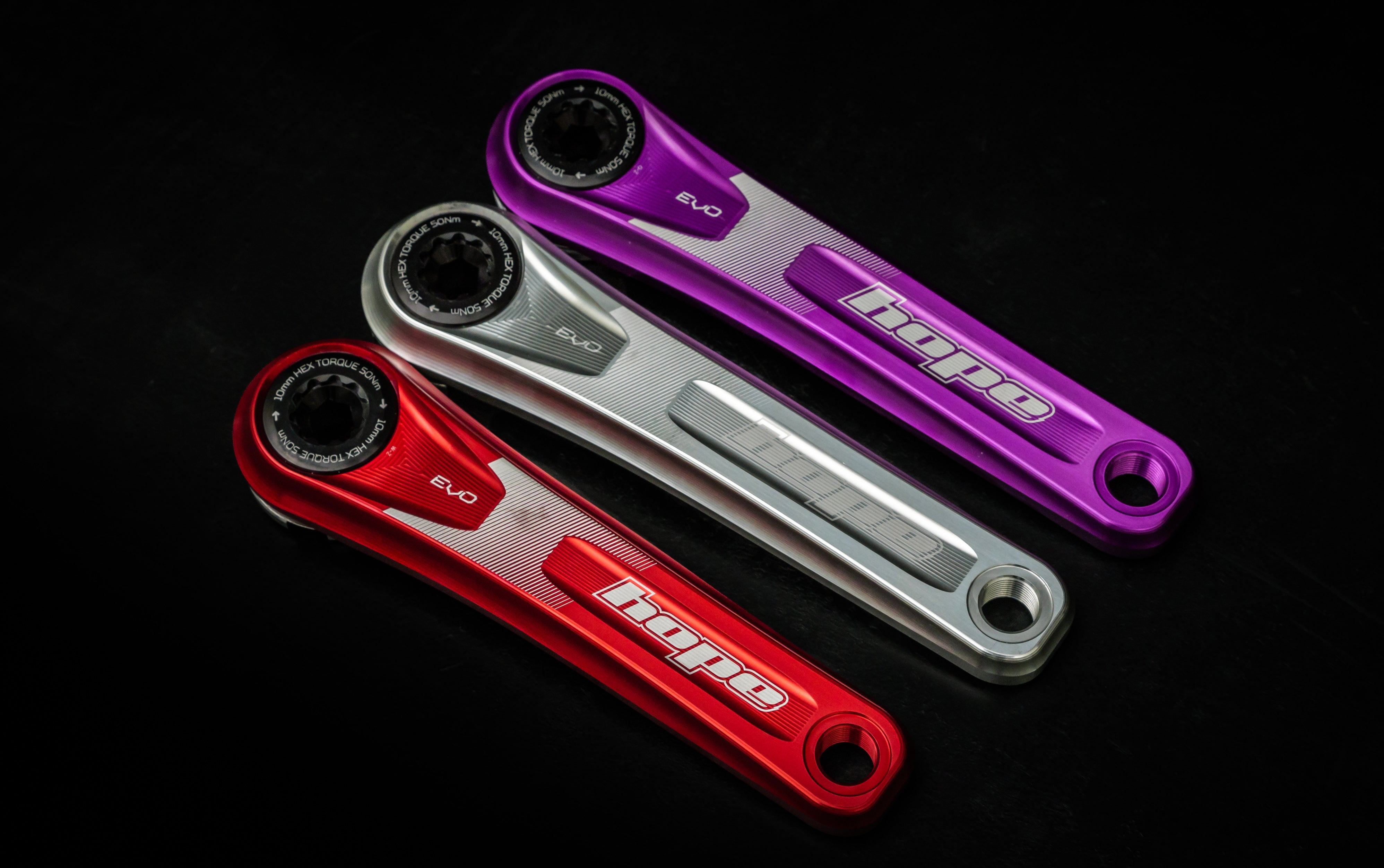
Rider Feedback
Our warranty guy, Sam, has spent his fair share of time switching between different-sized cranks over the past few seasons. Not shy of steep terrain or tinkering with components, he knows his way around a bike and has some insightful reasoning about why he runs 155mm cranks.
What are the benefits of a shorter crank?
The most obvious benefit is the increased clearance. I don't even think about pedal strikes anymore. It has completely removed that part of riding for me. When descending, I enjoy the maneuverability of it. I feel as though I can place my back wheel exactly where I want it. Another benefit while descending is that your legs aren't as bent, and you aren't as hunkered down. This allows me to absorb the terrain and move the bike around as my legs have more freedom of movement. I don't feel like I am in a permanent lunge stance the whole way down. My movements on the bike are more fluid.
Are there any disadvantages compared to a 170mm crank?
I wouldn't say it is a disadvantage, but climbing up technical trails is different; instead of giving a good push and or ratcheting to get up and over a feature of the cranks, you have to continuously pedal. You take more of a "spin-to-win" approach.
Another aspect that could be seen as a disadvantage is the position while descending. You are standing a little bit taller on the bike. This gives the benefit of increased maneuverability, but I feel it does lessen the perception of being "in the bike." I have compensated by raising my bars up to help regain that feeling.
What is the ideal crank length for mountain biking?
The ideal length for myself would be either 155 or 160mm. I don't think I would want anything shorter unless I am on my dirt jumper. I run 165mm length cranks previously on my trail bikes but I enjoy the 155mm cranks more.
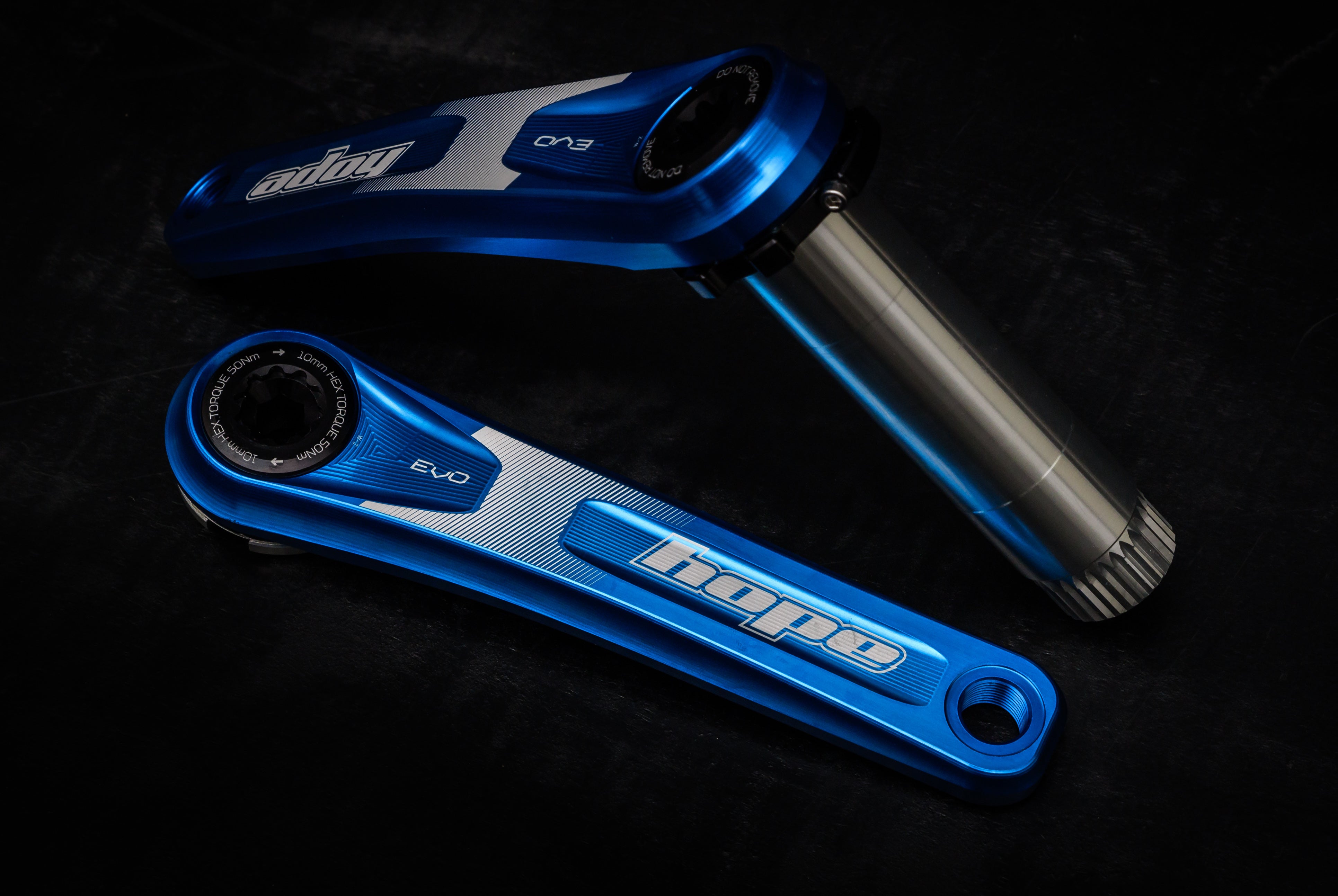
Verdict
The perceptible benefits of increased clearance, reduced pedal strikes, and a more centered riding stance present a compelling case for the adoption of shorter cranks, particularly for riders navigating technical terrain. I believe the benefits of shorter crank offer a persuasive argument for the broader adoption of shorter cranks in the mountain biking industry. As manufacturers like Hope begin to explore these shorter dimensions, the anticipation around potential shifts in industry standards, particularly from giants like SRAM and Shimano, reflects a growing recognition of the functional and competitive advantages 155mm cranks can offer.
More Articles You Might Like
The Best Mountain Biking Grips // 2023
Product Guides / BK Stancil / Oct 10, 2023
BK explores a selection of our grips and explains which one is right for you.
Read MoreRocky Mountain Element Select Build // A True Do-it-All Mountain Bike
Product Guides / BK Stancil / Sep 22, 2023
The mountain biking industry has long been searching for the perfect balance between climbing efficiency a...
Read MoreWild Rye // Mountain Bike Apparel that Empowers Riders to Get Outdoors
Product Guides / BK Stancil / Sep 15, 2023
Wild Rye stands out as a beacon of inclusivity in an ind...
Read MoreView More:

